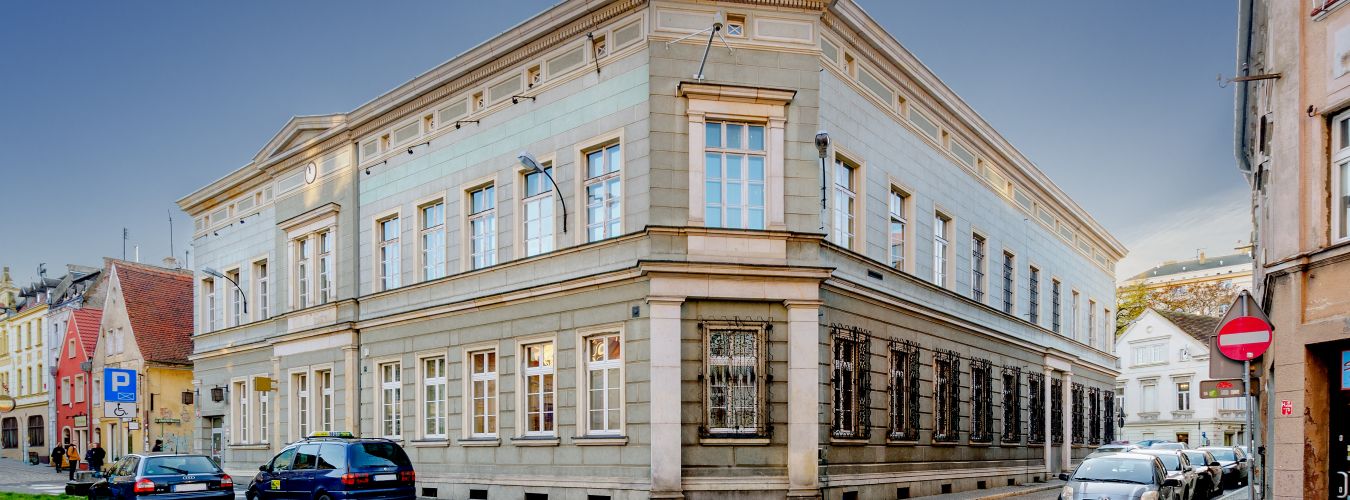What is the revitalization of monuments?
Revitalization is a comprehensive process of bringing degraded areas out of a state of crisis through integrated actions for the local community, space and economy. Their goal is to:
- improving the technical and aesthetic condition of the area,
- restoring social, economic and cultural functions in a specific area,
- improving the quality of life of residents.
The process involves cooperation between various stakeholders (including owners) and is based on the municipal revitalization program.
When modernizing historic buildings, an additional aspect is the exposure and protection of their historical values. Therefore, the following are inseparable elements of the procedure:
- historical research,
- architectural analysis,
- permission from the conservator of monuments to carry out modernization.
Thanks to this, the new functions that the historic building gains do not violate its unique features.
Worth checking out: Link to the "Reactivation" conference
Revitalization of a historic building - tips for the investor
Investing in historic properties, such as those from the Orange real estate offer, allows you to turn them into architectural gems that diversify the space, but the revitalization process must take into account several important aspects:
Property Status Verification
First, you need to check whether the building is in a revitalization area. If the property has been entered into the register of monuments, all work must be agreed with the conservator of monuments and meet the requirements of construction law. The investor is obliged to:
- obtain permission for renovation or reconstruction, and in some cases also a decision on development conditions;
- adapt the building to current standards, e.g. regarding energy efficiency, fire safety or accessibility for disabled people.
Placing a building under conservation protection may involve additional costs and longer permitting procedures, but grants for the renovation of historic buildings from public funds are available.
Read also:
- What is sustainable construction? How to adapt properties from the secondary market?
- Thermal modernization of secondary market buildings - what does it include and is it tax deductible?
Municipal Revitalization Program
The Municipal Revitalization Program (GPR) is a set of guidelines for planning and implementing activities in a given area. It is prepared by the municipal council by way of a resolution. It includes in particular:
- analysis of the revitalization area, including negative phenomena and the potential of the place,
- description of the vision of planned modernization,
- goals and directions of work.
GPR influences the scope of possible actions, the availability of financial support, as well as formal and legal requirements, including the consent of the conservator.
Local Spatial Development Plan (MPZP)
This is an act of local law, adopted by the municipal council or city council. It specifies, among other things, the purpose of the land, development conditions and principles of protecting cultural heritage in a given area.
The local spatial development plan allows for the assessment of the modernization direction, including:
- the purpose of the building after revitalization, e.g. residential, service, office function;
- permissible development parameters, including height and development area;
- restrictions on facades and building materials;
- conservation requirements, e.g. the obligation to preserve historical decorative elements.
Thanks to this, the investor can plan construction activities and avoid legal and financial problems.
Right of pre-emption
This is a right of priority to purchase real estate, which may result from the law or from the contract. It means that:
- the owner must first present an offer of sale to the person entitled to pre-emption, who may benefit from it under certain conditions;
- Until the decision of the person entitled to pre-emption is made, the investor cannot proceed with revitalization.
FUN FACT
Often, the right of first refusal is held by the State Treasury or, for example, a municipality. These entities are obliged to take care of the historical and cultural value of historic buildings.
Revitalization – summary
Revitalization of historic buildings is a process that requires knowledge of regulations and a precise strategy of action. When planning such an investment, it is worth, among other things:
- check the status of the property;
- familiarize yourself with the legal acts specifying the principles of revitalization, including the Local Spatial Development Plan;
- take into account the right of first refusal in the planning process, which is important for assessing risk and planning the timetable for purchasing real estate;
- cooperate with local government bodies and conservators to streamline the investment implementation process and minimize formal and legal risks
